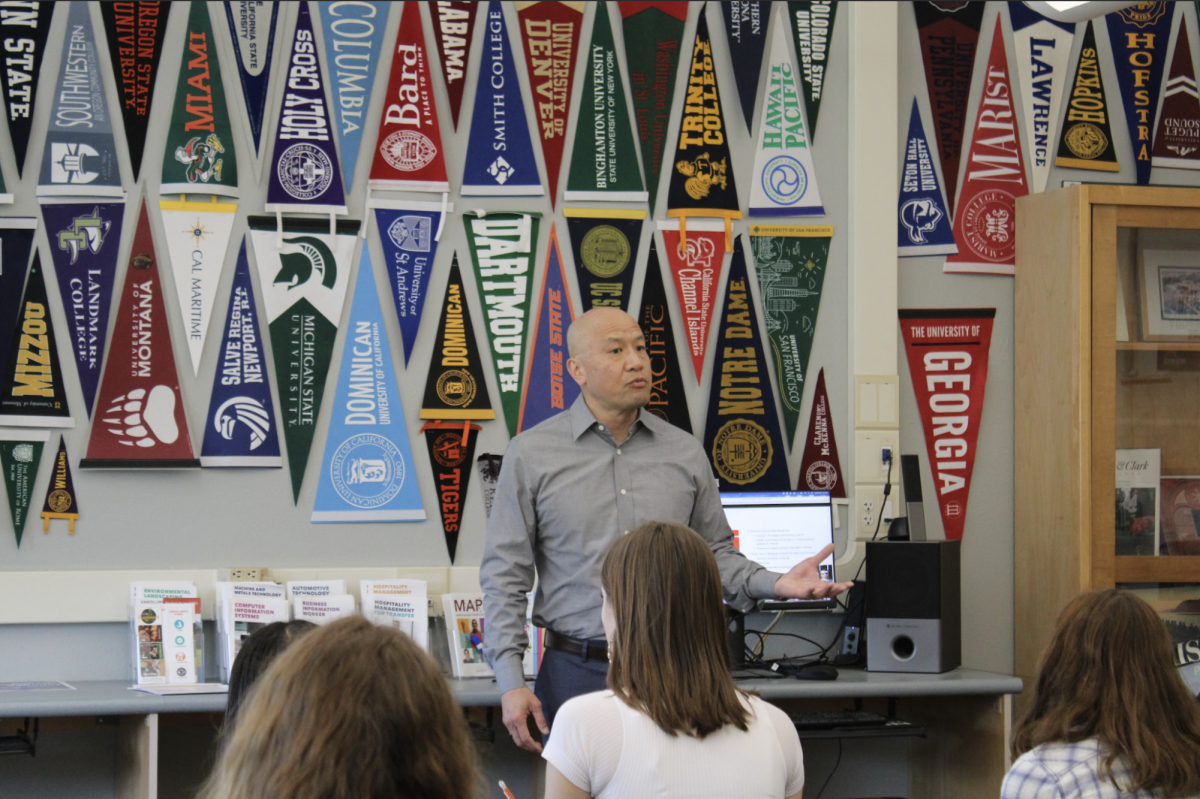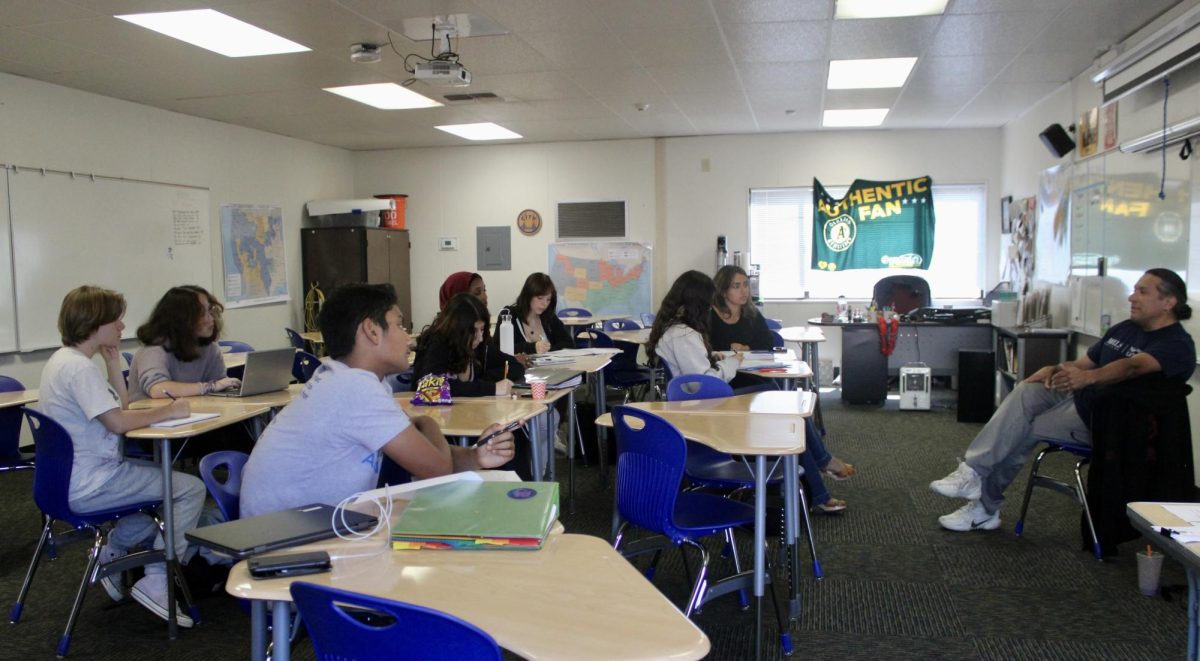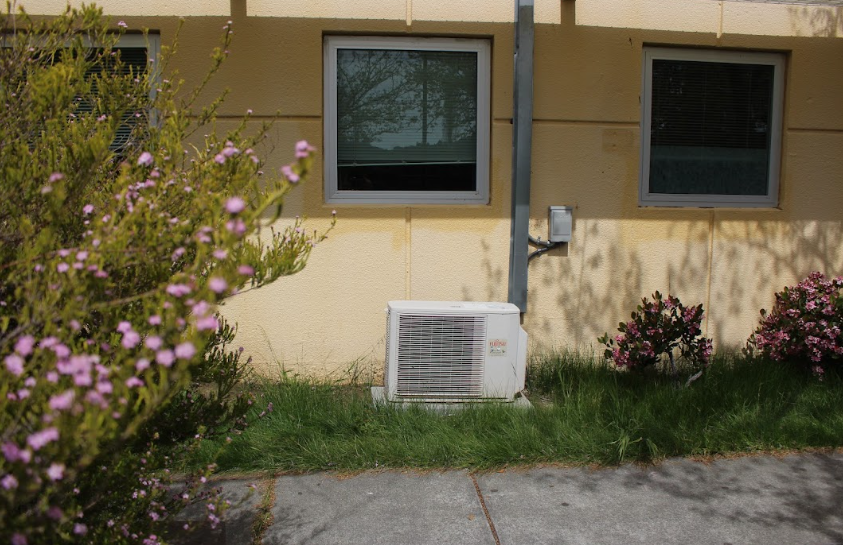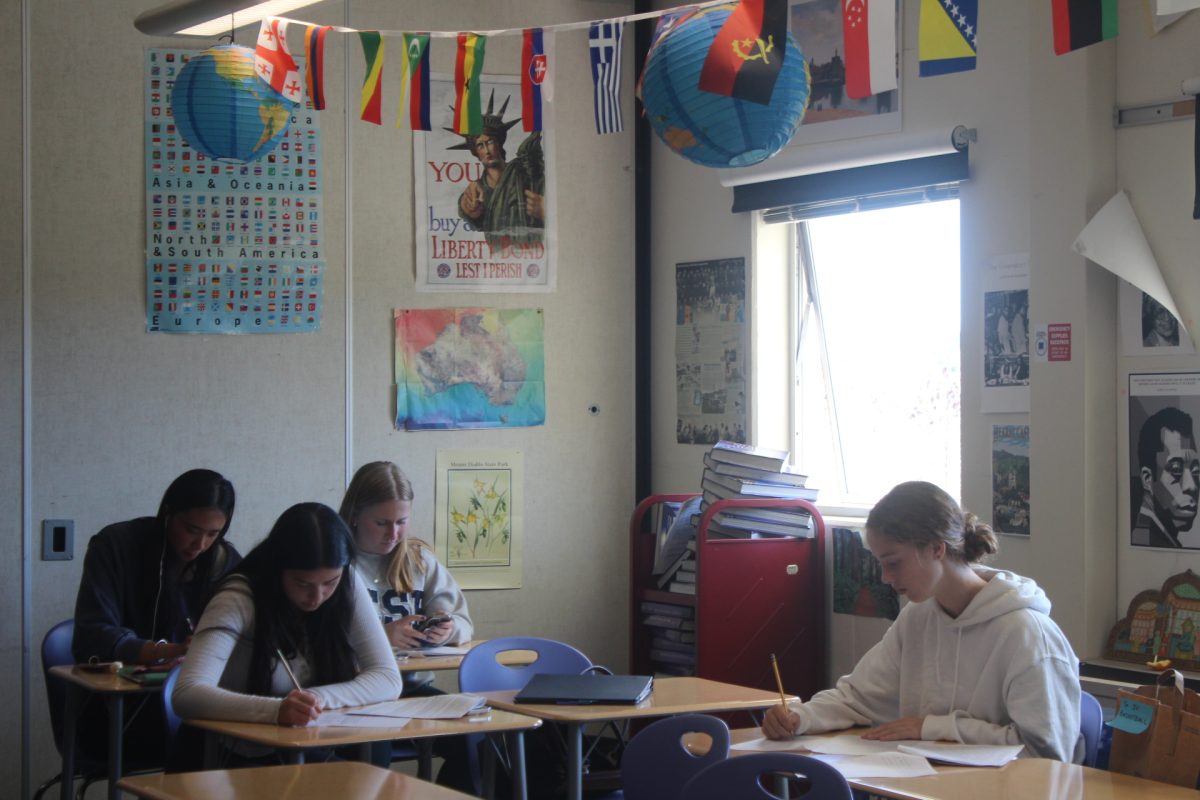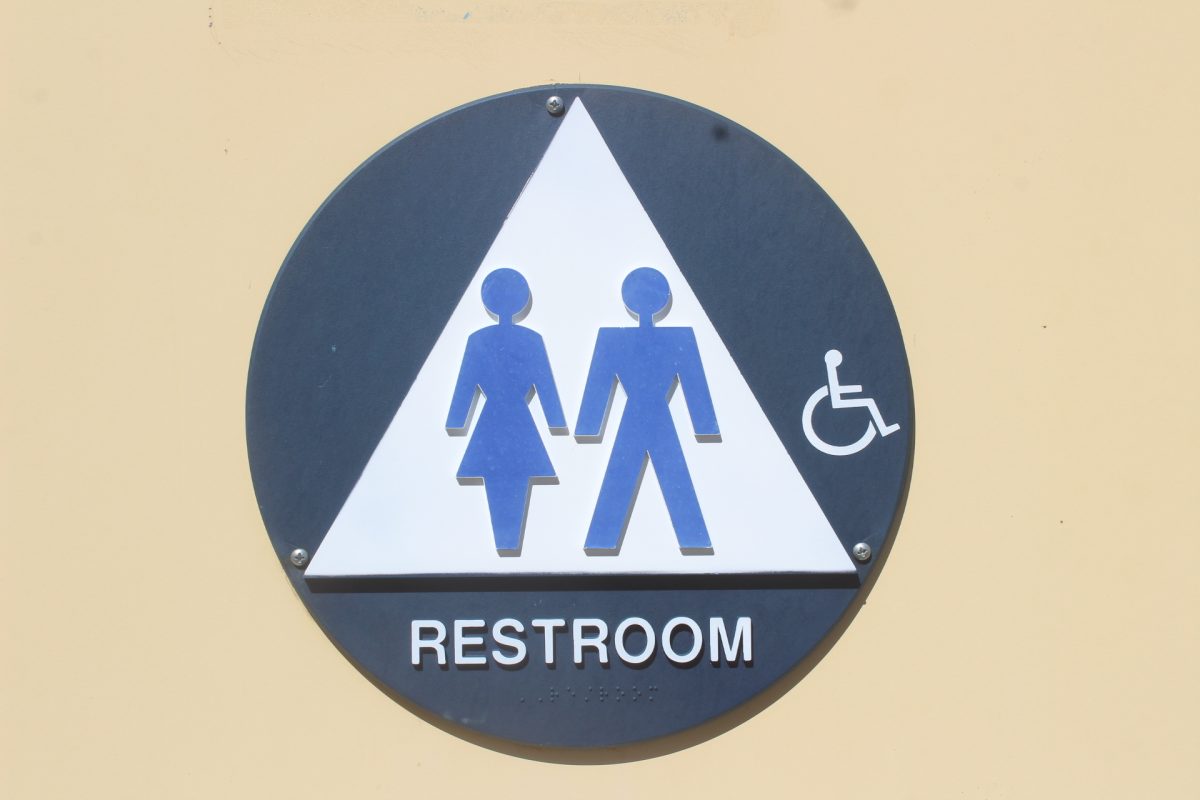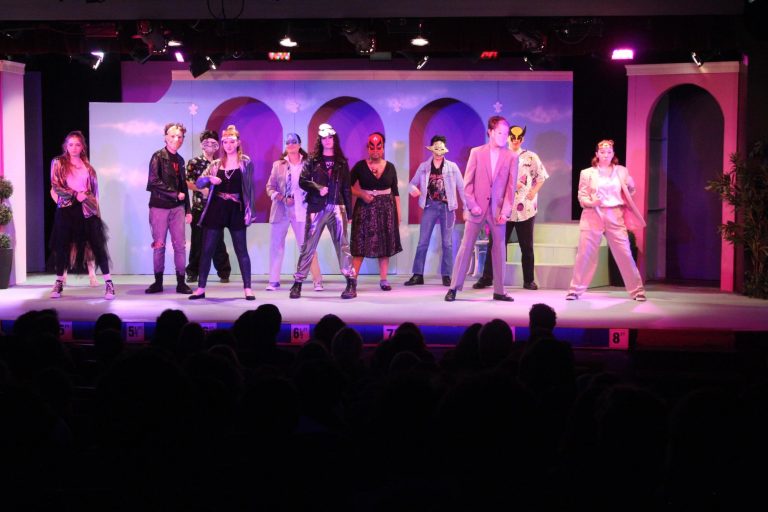It’s easy to get caught up in the chaos of the presidential race, the disorder of the electoral circus. Statistics, analyses, and contradicting accusations fly around for months, creating a national atmosphere of hectic stress.
Adding to the confusion and chaos is the Electoral College, an antiquated system through which the President of the United States is elected.
Instead of electing a president through direct democracy, via a popular vote, each state is given a certain number of electoral votes which are tallied up in the Electoral College.
If electors were distributed evenly across the population of the United States, each elector would represent 545,827 people, but due to the nature of population distribution throughout the nation, the per-capita electoral vote varies from state to state.
California vs. Wyoming
In states with large populations like California and in states with small populations like Wyoming, the number of electors awarded to the state is not proportional to the state’s population.
Although California is by far the most populous state in the nation, it is given only 55 electors, each of which represent 685,307 Californians. This number pales in comparison to Wyoming’s voting power, where one elector represents only 189,386 Wyomingites.
To put this in perspective, one Wyomingite’s vote carries the same electoral clout in the Presidential election as the votes of four Californians.
Due to this imbalance, four times in the history of the United States, the electoral vote has not matched the popular vote. Most recently, in 2000 Democratic candidate Al Gore beat Republican George Bush in the popular vote by a slim margin, but Bush ascended to the presidency due to his victory in the Electoral College.
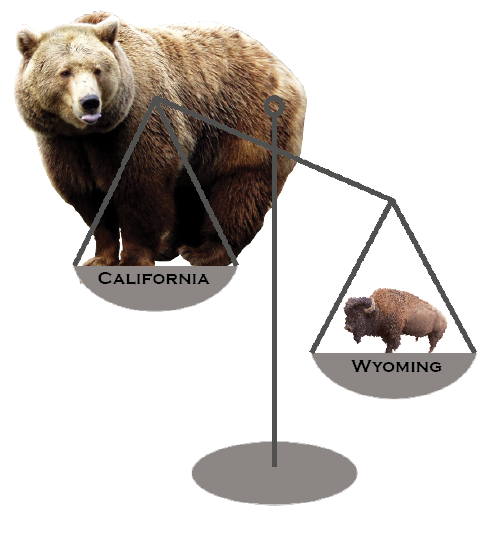
You Only Need 22% of the Vote
Because the Electoral College doesn’t rely directly on individual voters, it turns out that it’s possible for a presidential candidate to win the election while only receiving 22 percent of the popular vote.
America has never seen a case as extreme as this. The four presidents who won the Electoral College but not the popular vote only lost the popular vote by a two percent margin. In these cases, the elections of 1824, 1836, 1888, and 2000, the Electoral College only barely overpowered the popular vote.
States with larger populations, like California, Texas and New York, tend to also have fewer votes per capita in the Electoral College. So, if a candidate were to win the popular vote in the 40 smaller states with the highest elector-per-capita ratio by the slimmest margin possible (50% plus one vote), he or she would rack up 50.2 percent of the votes in the Electoral College while only tallying 22 percent of the national popular vote.
U.S. Territories Don’t Get A Vote
The Electoral College attempts to give a voice to the citizens of the United States, giving more power to states that may have been easily forgotten. However, it simply ignores over four million U.S. citizens: those that live in the U.S. territories.
If the total population of all of the U.S. territories – include Guam, Puerto Rico, U.S. Virgin Islands, Samoa, and the Northern Mariana Islands – represented a state, it would rank as the 27th most populous state in the nation with slightly over 4.1 million residents.
But, the U.S. territories do not get a single electoral vote, even though the vast majority of these four million residents are U.S. citizens.
Everybody else gets a vote. If a U.S. citizen decides to move to a foreign country, they are still able to send an absentee ballot to the state in which they previously resided and have their vote contribute to the Electoral College.
As a result, the only place on the entire planet where a United States citizen cannot vote is in a U.S. territory.
And the madness doesn’t stop there.
Texas passed a law in 1997 granting astronauts the ability to vote from space. Multiple astronauts have since voted from outside Earth’s atmosphere, the first of which was David Wolf the year the bill was passed.
This only exacerbates the issue, as the technicalities of voting law make a U.S. territory the only place in the entire known universe where a U.S. citizen may not vote.







